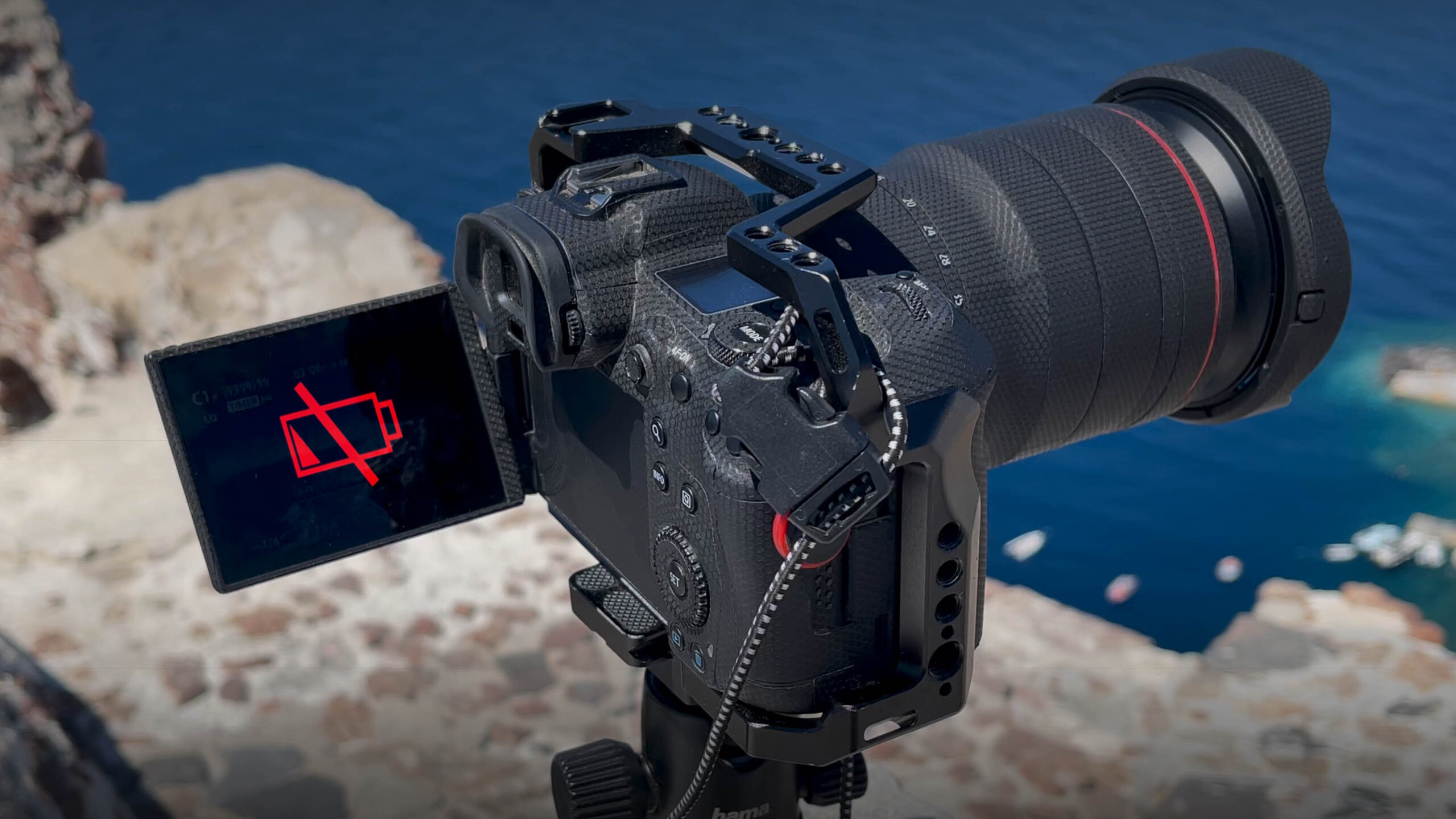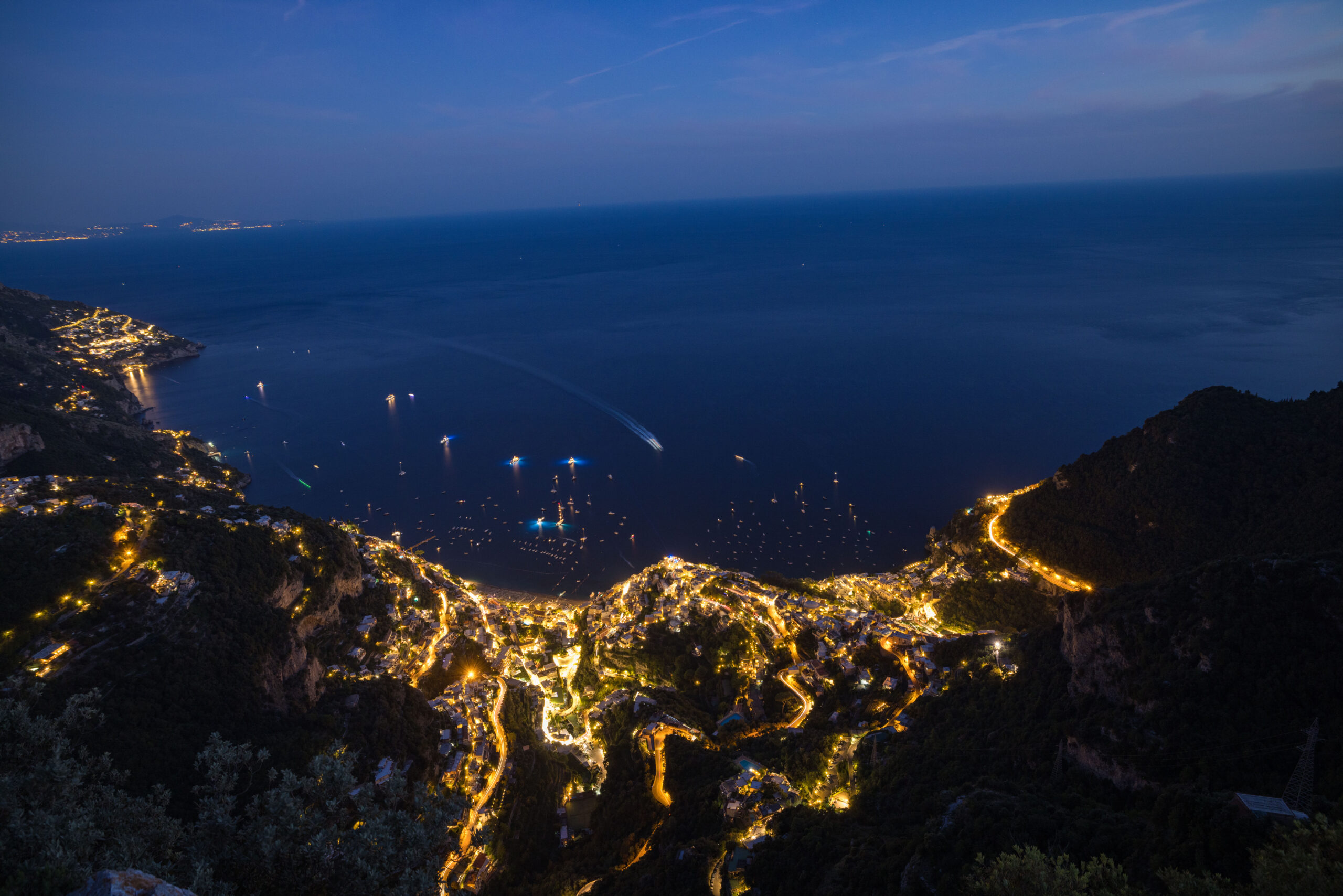Power Your Mirrorless Cameras

The biggest problem with mirrorless cameras, and this applies to all brands of mirrorless cameras, is the battery life and maintaining enough power. This is because of the EVF or electronic viewfinder.
When the camera is turned on its always recording in order to generate the image through the viewfinder and on the LCD screen.
So basically the light from the lens goes straight to the imaging sensor which records the data and displays a preview of what the sensor is capturing on a tiny little TV screen, the viewfinder. It’s just a tiny version of the LCD screen on your camera.
As an EVF is entirely digital, it can display a lot of extra information and data – in addition to a representation of the scene you’re trying to capture. So battery power is a serious issue as they will drain very quickly, regardless of whether you’re shooting photos or video.
Now according to Canon you should be able to shoot over 250 shots when using just the EVF and 510 with just the LCD screen on. And for 4k video you should get around 1 hour 30 minutes. That’s for the R6 camera.
I’m yet to test this out properly, but that really doesn’t sound like very much to me. If you’re shooting in burst mode or capturing a time-lapse, the battery will drain very quickly. So it’s in your own interest to have as many power options as possible, if you own any mirrorless camera.
In this video I will talk you through the various ways that I’ve maintained power into my mirrorless cameras, over the last few years.
So first thing is to make sure you have a fully charged battery inserted in to the camera. Make sure they are charged overnight or the day before a shoot. Sounds basic but it’s easy to forget. It’s possible to charge the cameras battery directly through the USB C PD port on the side of the camera or out of the camera using the A/C mains battery charging unit that should have been supplied with the camera. You could also get the battery grip that accommodates an extra battery if you don’t mind the extra size and weight of the camera.
Now the option I’ve used the most since using mirrorless has been a PowerBank. This is because I do a lot of Timelapse photography, safari trips and trekking and hiking, that type of thing. So I need an option that is versatile and reliable. This is the Promate 24,000 MAH 80 watt battery back up power bank. It has a USB C power delivery port that can provide up to 7-8 hours of battery life to your mirrorless cameras. It can also provide power to the new M1 MacBooks and It only takes around 2-3 hours to fully charge the battery.
Powerbanks are now relatively inexpensive especially compared to the branded cameras batteries, so for me its something that should always be in your bag, regardless of the type of photography you do.
The next option is to use a battery coupler or dummy battery. This version has a USB C connection and replaces the standard battery in the compartment. Make sue that the compartment is fully closed otherwise the camera won’t turn on. Then plug the USB C in to the power bank. This option draws power directly from the power bank instead of the power bank feeding power in to the cameras battery.
Probably a better option when shooting a time-lapse in a remote area. I also have a USB A version of the battery coupler and have not found any major difference in terms of power performace between USB C and A versions. The battery couplers can also be plugged directly in to a mains power supply instead of a powerbank, if a mains power supply is available. Only major issue is if there’s a power cut or outage the camera will shut down.
The next option is to use Canon’s own proprietary battery coupler and mains power adapter. This is far more expensive than the other dummy batteries and can only be used with a mains power supply. However, its a really good reliable option if you have a mains power source, but, if there’s a power cut or outage then the camera will shut down and you’ll need to turn it back on again.
The next option is to simply use a USB C Power Delivery cable and plug the camera directly in too the mains using a USB C PD A/C adapter. With this option the camera will actually keep running if there is a power cut or outage because the standard battery has to be in the compartment in order to operate. The USB C cable connection is simply charging the battery while it’s being used, the same method as the PowerBank.
The final option that I’ve used on many occasions is a 12V USB C charger for the car. This plug has a USB A and a USB C PD port. This has been so useful while driving in between locations to get extra power or charge in to the standard battery or to even boost the charge in to a PowerBank. Either way it’s charging something that will be providing power to the camera.


